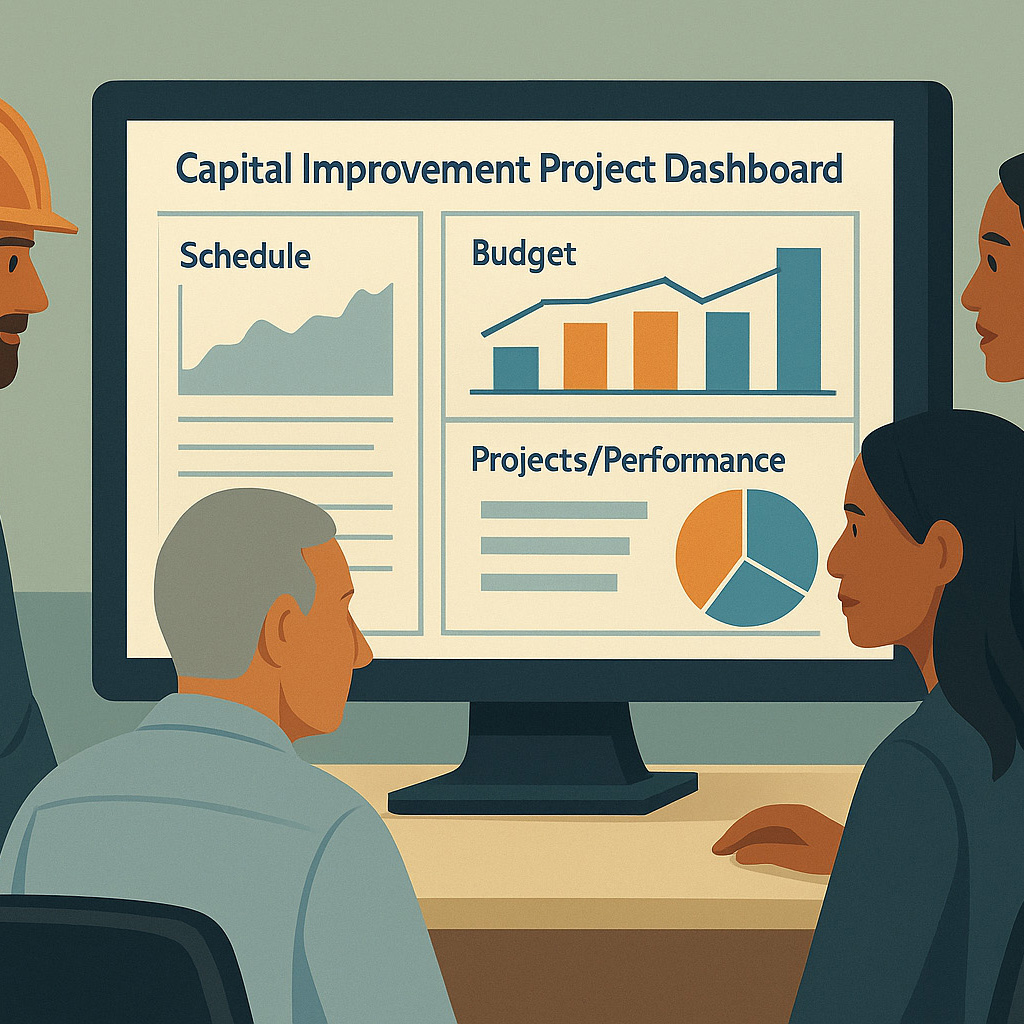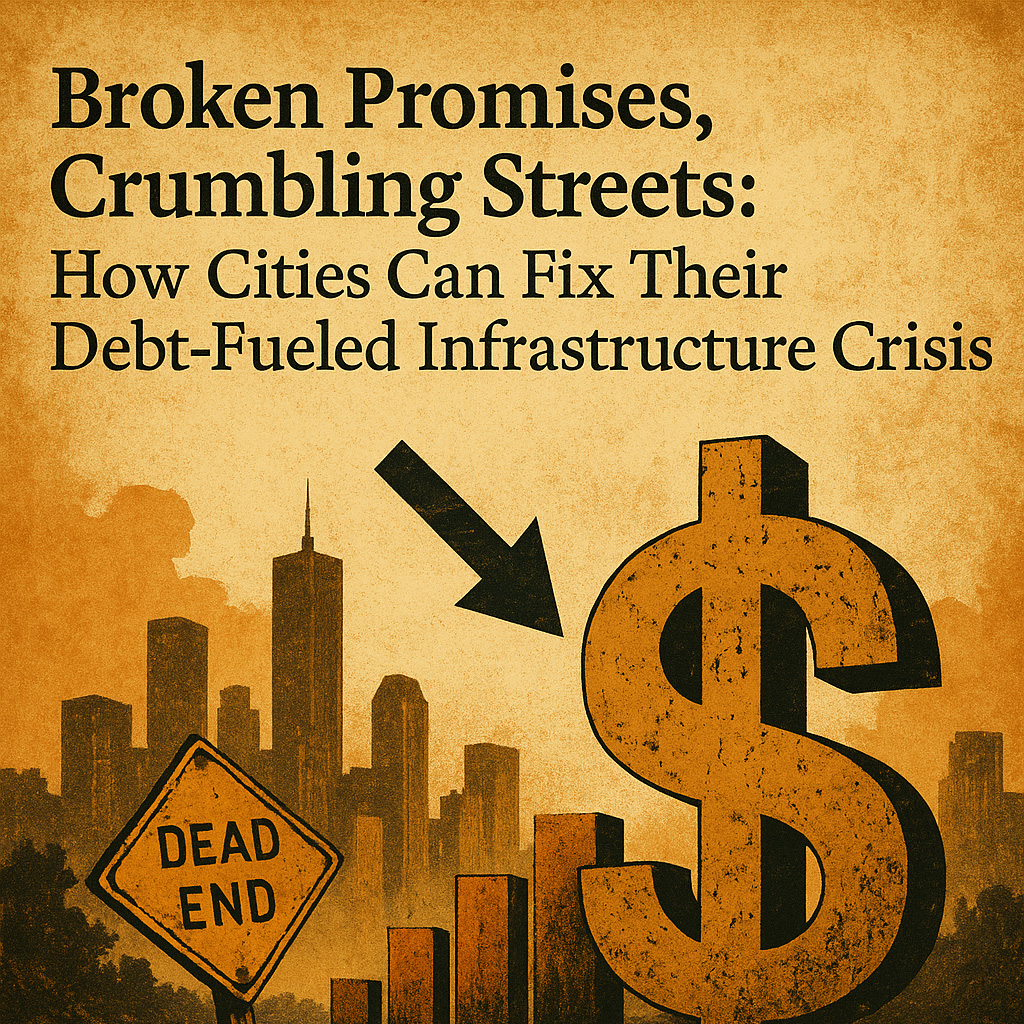Introduction
Property value studies are essential for ensuring that school districts receive equitable funding for public education. The Texas Comptroller of Public Accounts conducts a study to determine the total taxable value of all property in each school district at least once every two years [1]. These studies have a significant impact on school district funding and taxes, as the calculation of state funding for school districts is tied to tax effort [3]. In this article, we will discuss the purpose of property value studies, how they affect school district funding and taxes, and the role of the I&S tax rate in financing a district’s facilities.
Purpose of Property Value Studies
The purpose of property value studies is to help ensure equitable distribution of state funding for public education. These studies provide a reliable estimate of the total taxable value of all property in each school district [1]. This information is then used to calculate the amount of state funding that each school district will receive.
Property value studies also help to identify discrepancies in property values across different school districts. By identifying these discrepancies, the state can allocate funding more fairly and ensure that each school district has the resources it needs to provide a quality education to its students.
How Property Value Studies Affect School District Funding and Taxes
Property value studies have a direct impact on school district funding and taxes. The calculation of state funding for school districts is tied to tax effort. This means that the more property value a school district has, the more state funding it will receive [3].
When the total taxable value of all property in a school district increases, the amount of state funding that the district is eligible to receive also increases. This can provide much-needed resources to schools that are struggling to meet the needs of their students.
However, when property values increase, so do property taxes. This means that homeowners and businesses within a school district may have to pay more in property taxes to help fund their local schools. While this may be a burden for some, it is important to remember that property taxes are a crucial source of funding for public education.
Role of the I&S Tax Rate in Financing a District’s Facilities
The I&S tax rate provides funds for payments on the debt that finances a district’s facilities [3]. This tax rate is separate from the M&O tax rate, which provides funds for a district’s maintenance and operations.
School districts have the authority to set their property tax rates [3]. This means that school districts can adjust their I&S tax rate to ensure that they have the resources they need to finance new facilities or make repairs to existing ones.
When property values increase, it can be tempting for school districts to raise their I&S tax rate to take advantage of the increased taxable value and generate additional revenue. However, it is important for school districts to balance their need for funding with the financial burden that increased property taxes can have on local residents.
Conclusion
Texas property value studies have a significant impact on school district funding and taxes. These studies help ensure equitable distribution of state funding for public education and identify discrepancies in property values across different school districts. Property value studies also have a direct impact on the amount of state funding that school districts are eligible to receive, as well as the amount of property taxes that local residents must pay to support their schools.
In addition to property value studies, the I&S tax rate plays a crucial role in financing a district’s facilities. School districts have the authority to adjust their I&S tax rate to ensure they have the resources they need to fund new facilities or make repairs to existing ones.
Overall, understanding the impact of property value studies and tax rates on school district funding and taxes is essential for ensuring that Texas students have access to a quality education.
At Front Line Advisory Group (FLAG), we provide program management consulting services for capital improvement bonds. We are revolutionizing the construction industry and transforming client expectations by obsessing over the basics of budget oversight, schedule enforcement, compliance, vendor management, and stakeholder communication. Contact us for more info at info@frontlineadvisorygroup.com.
References:
[1] “Valuing Property.” Texas Comptroller of Public Accounts. https://comptroller.texas.gov/taxes/property-tax/valuing-property.php
[2] “Texas Property Taxes Explained.” Texas Tribune. https://www.texastribune.org/2022/04/22/texas-property-taxes-explained/
[3] “Texas Education and Property Taxes.” Texas Tribune. https://www.texastribune.org/2021/04/09/texas-education-property-taxes/













